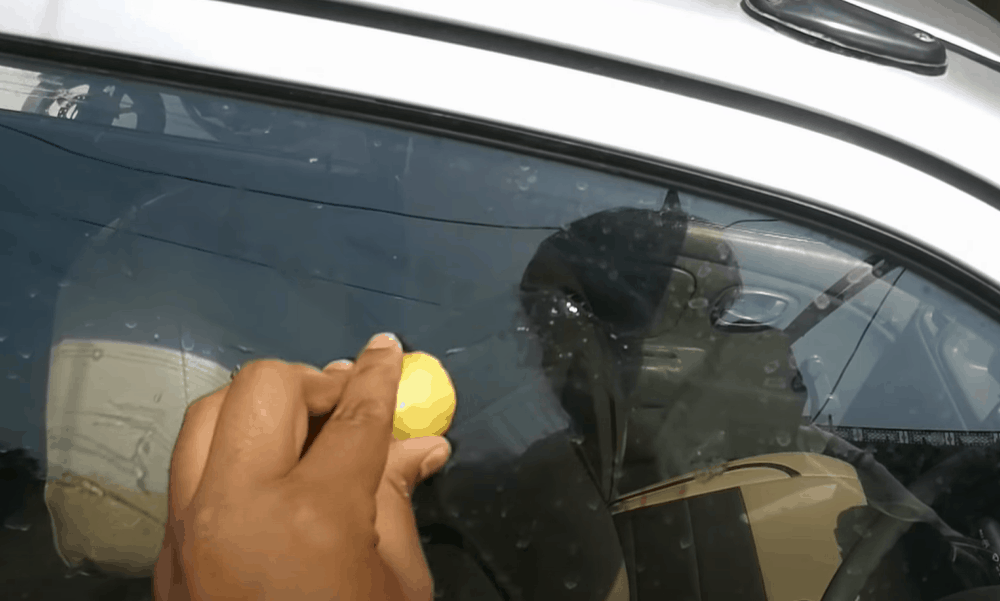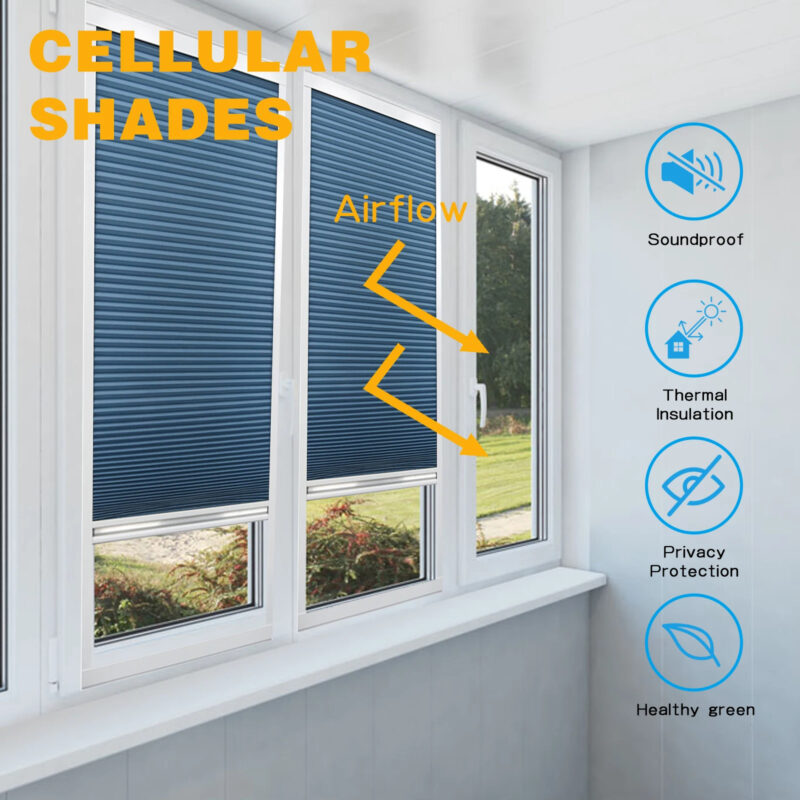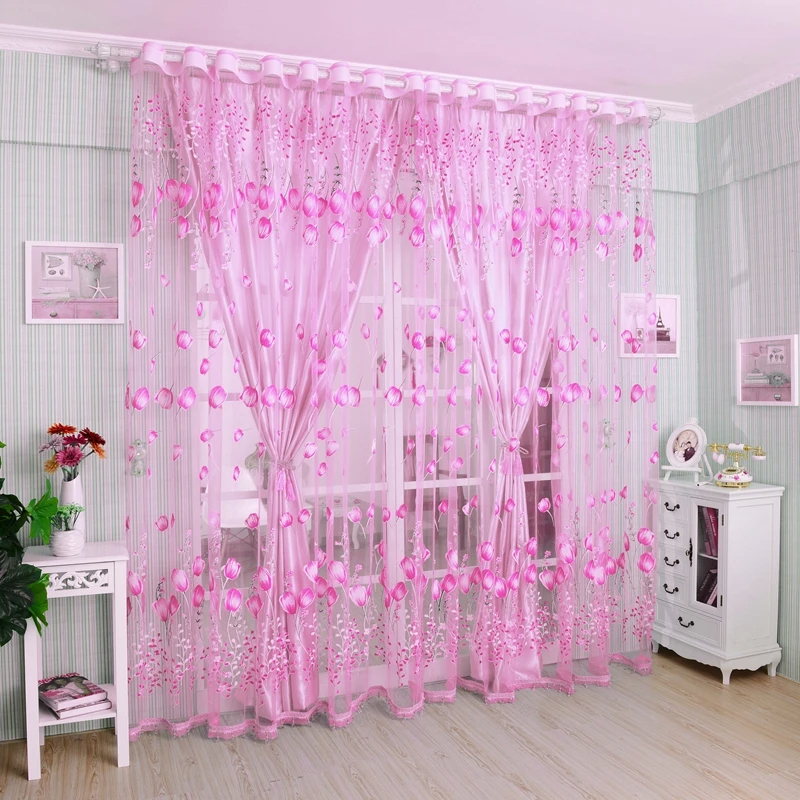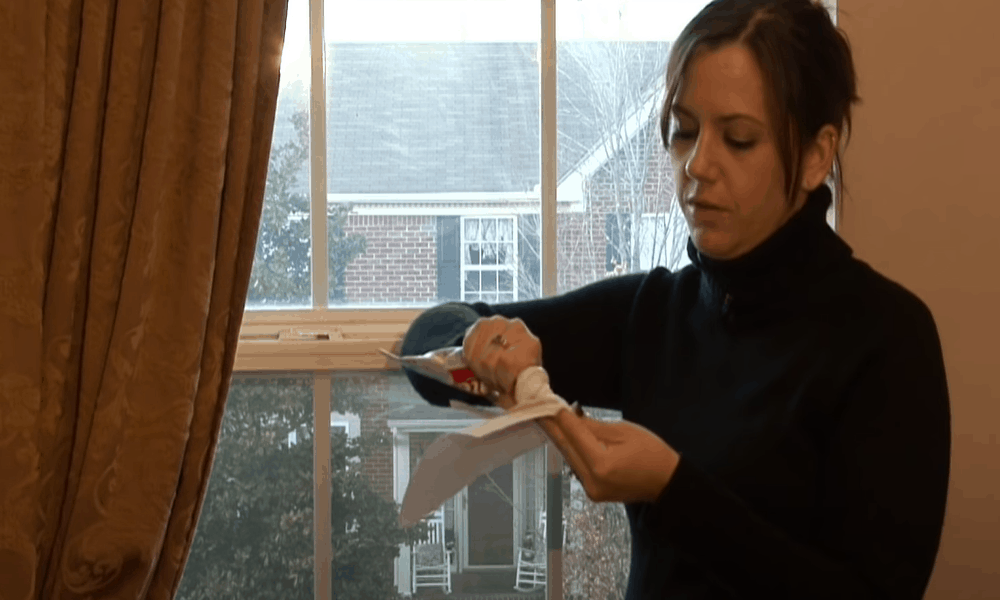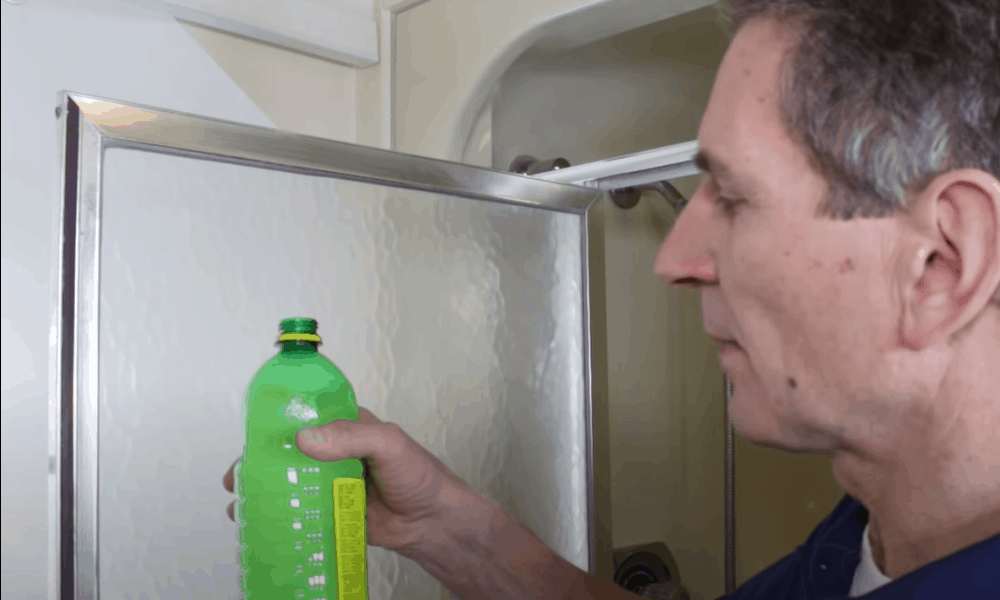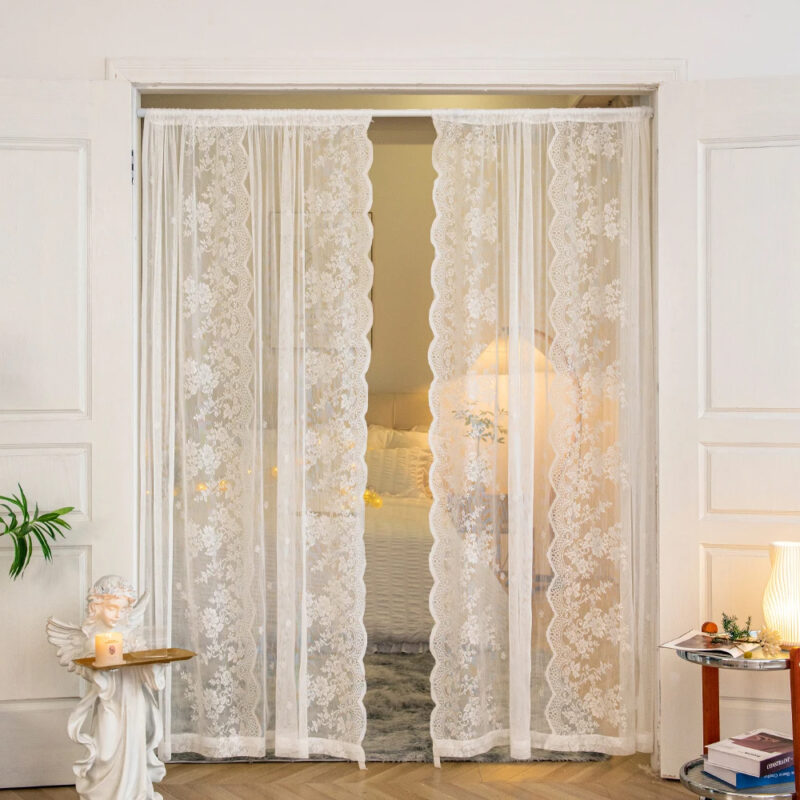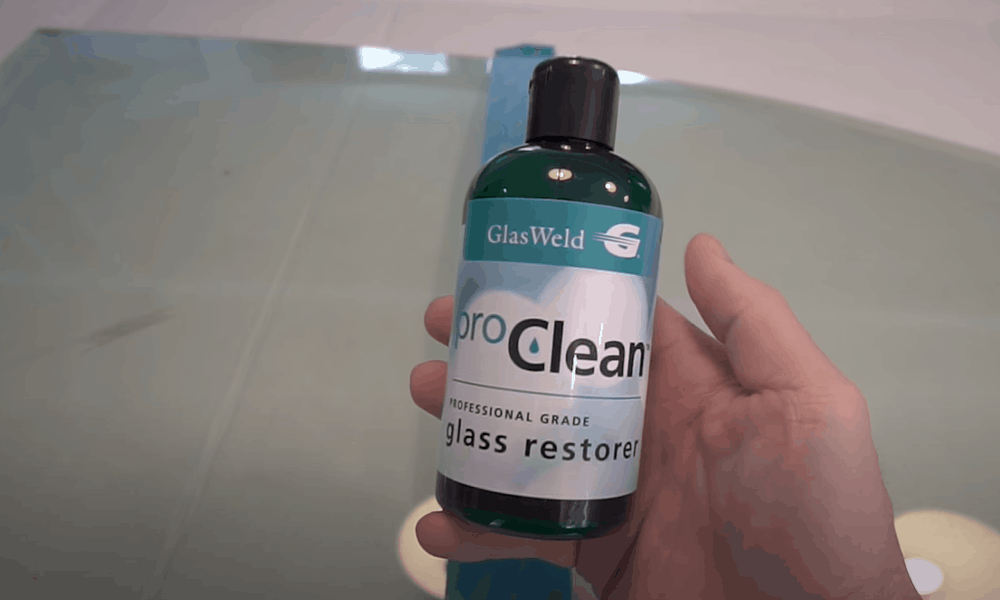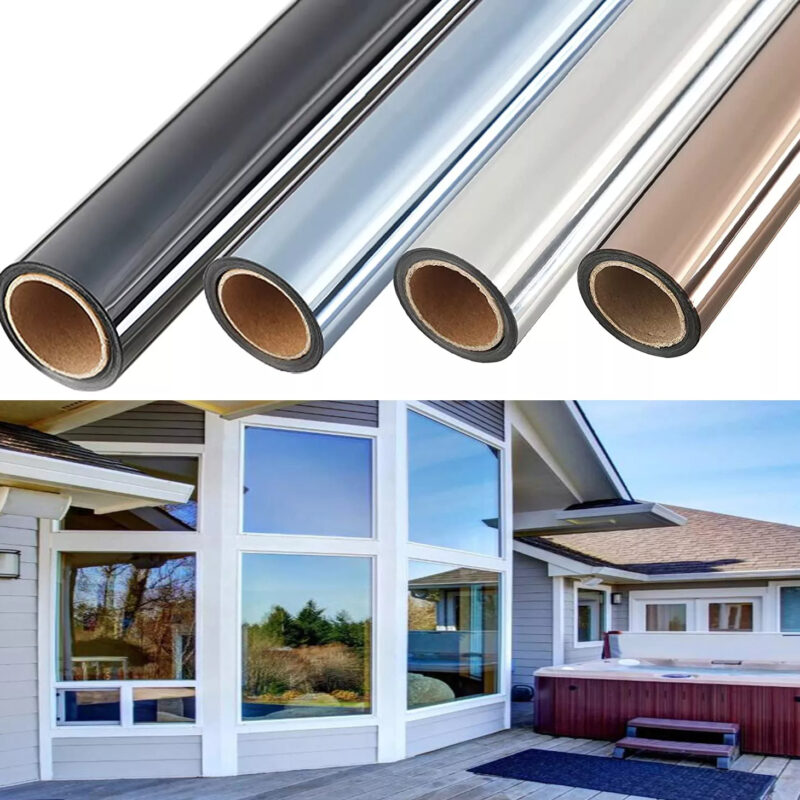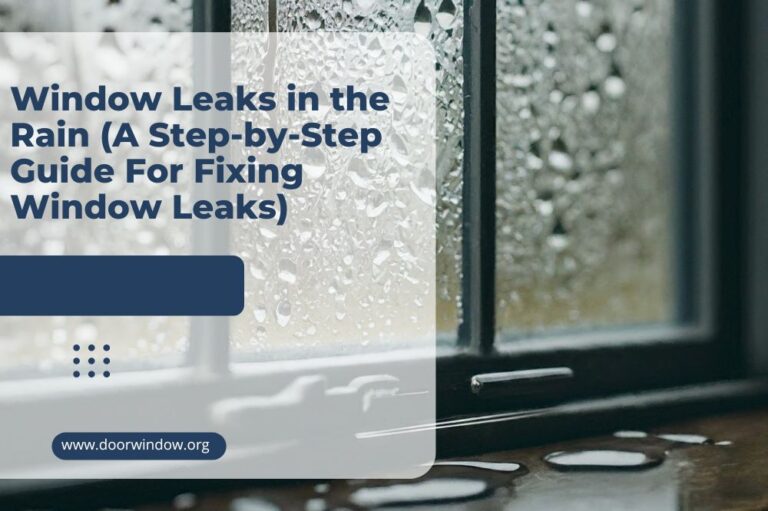9 Easy Ways to Remove Water Spots from Window
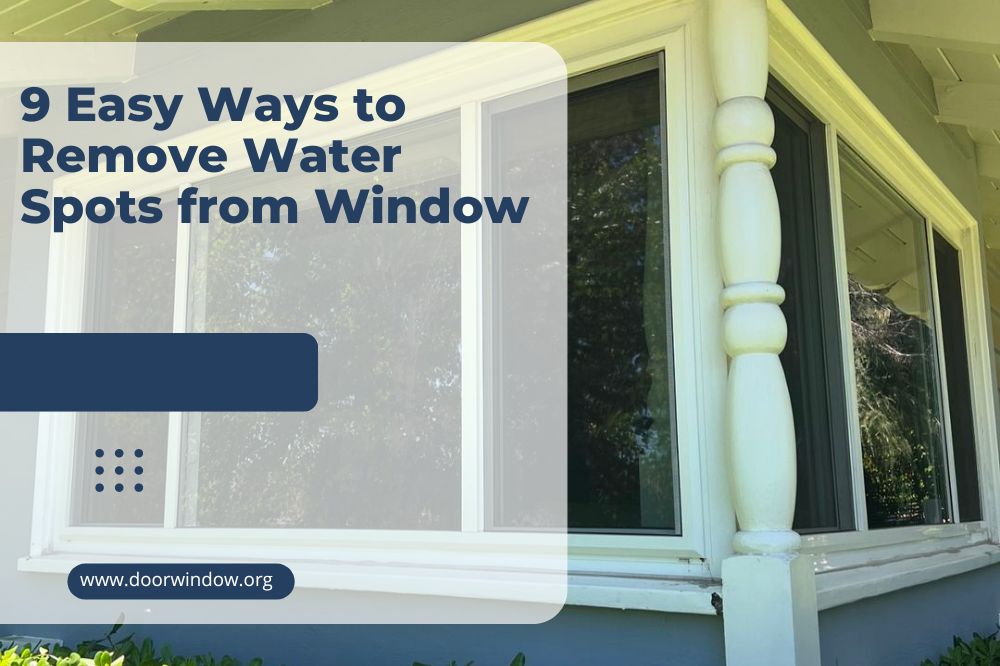
Hurray – the sun is out! You go to the window – and what do you see? Water spots all over the glass, showing up in the sunshine and spoiling your view!
Water spots appear when moisture has evaporated, leaving behind the minerals as a white sediment. If you live in an area with hard water, you’re likely to find them a particular problem. So how do you get rid of them?
Well, we’re here to help! Read on for our guide to 9 ways to remove water spots from windows.
1. Vinegar
Vinegar is well known for its cleaning properties, and it works a treat on glass. White vinegar is generally considered best, but you can use any type you have to hand.
Make up a solution that’s half vinegar and half water. The easiest way to use it is in a spray bottle. Spray it all over the surface of the glass. Use the solution generously, particularly on any areas of heavy staining.
Now let it sit for a few minutes for the solution to dissolve the mineral deposits. For stubborn spots, use a cloth towel soaked in the vinegar solution to give it another wipe over.
Leave it for another few minutes, respraying the window if it starts to dry out. If the solution dries on the glass, it will just leave more spots.
Now wipe off the solution. Newspaper or a paper towel work well for this, and will give you a great shine.
If you’ve got particularly tenacious water spots, you can use the same technique with white vinegar. And for extra power, swap the soaked towel for fine steel wool.
2. Lemon
Like vinegar, lemon is an acid that will break down the alkaline water spots in just the same way. And it smells nicer than vinegar too!
You can use either a cut lemon, or a solution of lemon juice in water. If using juice, freshly squeezed sometimes works better than the bottled variety.
If you’re using the lemon itself, just cut it in half. Now press it firmly to the surface of the glass and rub it over the stained area.
Alternatively, mix the juice of your lemon with water. Use a spray bottle to apply it to the glass. If you prefer, soak a towel with the solution and wipe it over the window. You can even hang it over the window to keep it in contact with the glass.
Leave it to work for a couple of minutes, then mop up the juice or solution using a soft cloth. A final wipe with newspaper will buff your windows to a brilliant finish.
3. Essential oils
The citric acid in oranges and lemons makes them great for cleaning. But those properties aren’t just present in the fruit themselves. They’re also there in essential lemon and orange oils, making them another good option for removing water spots from glass.
Add about 10 drops of essential oil to water to make your cleaning solution. This is best applied to the glass using a towel or sponge. Wipe over until the glass is soaking wait and leave it to soak in. As with the other solutions on this list, don’t let it dry on the window.
After a couple of minutes, wipe the glass with a soft cloth or paper towel. Because oil repels water, this option may also mean it takes longer for your windows to get dirty again.
4. White toothpaste
Odd though it may sound, toothpaste can be a very good way of removing water spots. That’s because it’s designed to break down tough deposits on your teeth. It will work in just the same way to dissolve the mineral stains on your windows.
To use it, thin it down by adding some water. This will make it easier to spread and avoid you using the whole tube! Now use a sponge or old toothbrush to apply it to the window. Leave it for a few minutes to do its work.
Now rinse your sponge or toothbrush and scrub away the paste. Finally rinse the glass with plenty of clean water and dry it thoroughly. Use newspaper, a paper towel or a specialist glass-cleaning cloth to get a gleaming finish.
As with all of the options on our list, make sure you dry the window completely after cleaning. If you don’t, you’ll find brand new water spots have replaced your old ones!
5. Baking soda
Baking soda is another household staple with a bucketload of uses as a cleaning product. It’s great at cleaning stubborn stains, including burnt-on food from barbecue grates. And it’s just as good at getting rid of water spots from your windows.
You can use it without mixing with water by simply dipping a damp sponge into the tub. Use that to wipe the glass thoroughly. Alternatively, mix the baking soda with water and apply using a spray bottle or towel.
Leave for a minute or two to let the baking soda act. Now rinse off the glass using plenty of clean water. If you don’t use enough water, you may find that you’re left with a white haze on the window afterwards.
If you’ve got an insect problem, try leaving a small amount of baking soda at the bottom of the window. That will deter pests like ants and cockroaches from crossing the threshold.
6.Baking soda and vinegar
For a cleaning solution that packs a real punch, you can combine baking soda and vinegar. Use one part baking soda for every two parts of vinegar. Mix it up in a large container with an open top. The mixture will fizz like a little volcano!
You can either use it while it’s still fizzing, or wait until the fizzing has stopped to apply it to your window. Do this using a sponge or towel and wait for a few minutes to let it work.
Now rinse off the mixture using a clean cloth and plenty of water. Then dry thoroughly with something that won’t leave smears on the glass. There are lint-free cloths out there specifically designed for cleaning glass. But if you don’t have one, newspaper or a paper towel work just as well.
If you’ve made up too much paste, don’t throw it away! It works brilliantly to unblock drains. Just leave it for an hour, then flush with lots of hot water followed by cold.
7. Vinegar, soap and lemon juice
This is another option that throws the kitchen sink of cleaning solutions at your window spots!
You’ll need a spray bottle for this one. Fill it halfway to the top with vinegar. Then fill the other half with equal amounts of washing-up liquid and lemon juice.
Spray the mixture generously all over the glass, then leave it to act for a couple of minutes.
Now scrub over the surface with a firm-bristled scrubbing brush. When you’ve finished, remove as much of the water from the glass as possible using a squeegee. Use long downward strokes for the best results.
Finally, take a dry, lint-free cloth and wipe the window so that it’s completely dry. For a final shine, give it the once-over with some scrunched up newspaper.
8. Liquid ammonia
This one is not for the faint-hearted! Liquid ammonia can irritate your skin and eyes, and it smells very unpleasant. It is, though, extremely powerful stuff. If you’re going to try this, don’t do it without wearing rubber gloves and safety goggles.
When you’ve donned your protective gear, mix the ammonia with water and soak a towel in the solution. Wipe the towel over the glass and let it work for a few minutes.
Next rinse the window using plenty of clean water. You want to make sure that every last drop of the solution has been washed away.
When you’ve finished rinsing, dry the glass using a soft towel. To get a gleaming finish, buff to a shine with newspaper or a paper towel.
9. Commercial window cleaner
If you don’t fancy clearing out your household supplies for a DIY solution, there are plenty of good window cleaners on the market. Many use exactly the same chemicals that are the active ingredients for home-made products. They are, though, quicker and more convenient.
To get good results on water stains, look for products that say they remove limescale. Follow the instructions carefully, and consider investing in a specialist glass-cleaning cloth. These make it far easier to achieve a smear-free finish.
If you can’t find a glass-cleaning cloth, get out the newspaper instead. Your windows will be sparkling after that final buff!
Ready for spot-free windows?
We hope you’ve enjoyed our guide to 9 ways to remove water spots from windows! Whichever option you choose, remember that it’s important to dry the glass thoroughly afterwards. And a final wipe with newspaper, a paper towel or glass-cleaning cloth will make all the difference to the finish.
Have you tried any of these solutions? Or perhaps you have your own tried-and-tested method for removing water spots? If so, please comment and tell us about it! We’d love to hear your thoughts.

